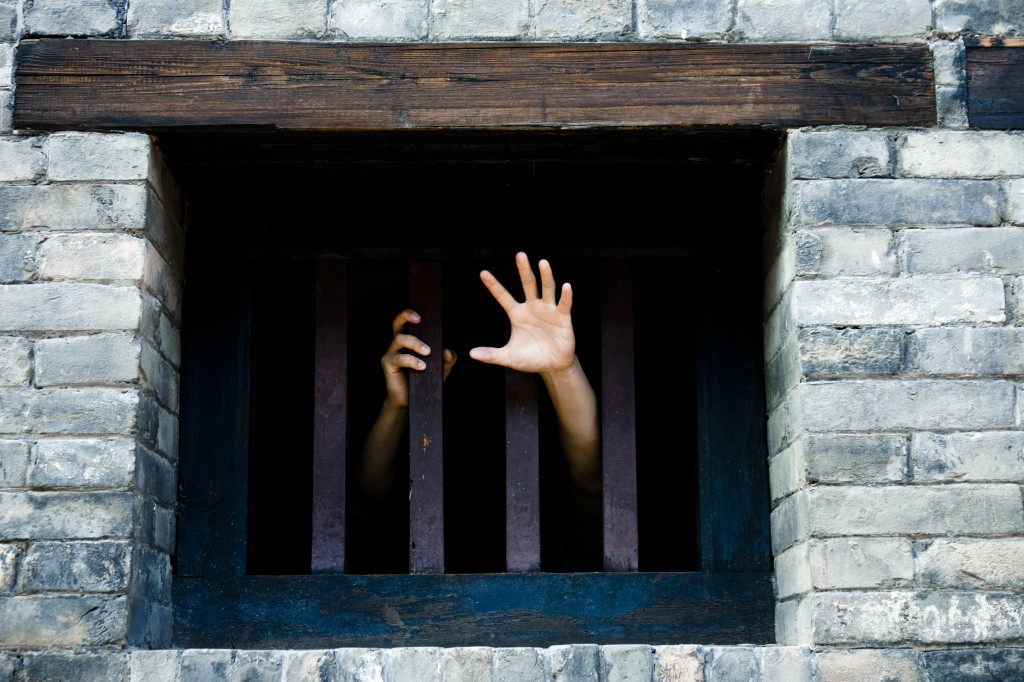What was it like?
How do you feel?
Years ago, when I covered the state prison system for The Oklahoman and began serving as an official media witness for executions, those were the kinds of questions friends asked.
Truth be told, I felt numb.
I mean, I knew I had watched someone die. But I did so in a controlled, sanitized environment. A needle was inserted into a convicted killer’s arm — like someone receiving anesthesia for surgery — and the person lost consciousness. Within a few minutes, a time of death was declared.
The process was so routine, in most cases, that I wrote a behind-the-scenes account in 2000 of a “typical” execution day in Oklahoma:
McALESTER — At 6 a.m., before the sun has time to scale the towering white walls of the Oklahoma State Penitentiary, Roger James Berget opens his eyes.
Not that Berget, Oklahoma inmate No. 98711, has any choice.
Eighteen hours before his scheduled execution, correctional officers stand over the condemned murderer and order him to wake up.
The officers strip-search him and make him shower in his shackles before giving him new clothes — a prison shirt and jeans — in which to die.
After he dresses, they lead him up the hill from the underground, death-row “H-Unit” to the main part of the penitentiary.
Inside the prison infirmary, he’s X-rayed to ensure he has no contraband on him — or in him — that he could use to hurt himself before the state can carry out his court-ordered lethal injection.
Berget, 39, a pale, thin man with a short, scruffy beard, a ponytail and tattooed arms, has spent the past seven days in a solitary “high-max” cell, away from fellow prisoners while awaiting his date with death.
After the X-ray, he’s taken back down the hill and placed in a special holding cell next to the execution chamber.
Fast-forward 14 years, and my home state of Oklahoma is all over the news, and rightly so, after a botched execution involving the state’s first time using a new lethal drug combination.
The anything-but-routine lede from the Tulsa World:
McALESTER — The execution of convicted killer Clayton Lockett was botched Tuesday at the Oklahoma State Penitentiary before he died of a massive heart attack. The event prompted officials to postpone a second execution that had been scheduled for two hours later.
Lockett was given execution drugs and reacted violently, kicking and grimacing while lifting his head off the gurney to which he was strapped. He was pronounced dead at 7:06 p.m. inside the execution chamber — 43 minutes after the process began — Department of Corrections Director Robert Patton said.
In a media conference, Patton said Lockett’s veins “exploded” during the execution, which began at 6:23 p.m. The inmate died from what Patton called a “massive heart attack.” The death occurred after the execution process had been halted.
In its daily religion headlines email today, the Pew Research Center included the Oklahoma execution as the top item, despite no overtly religious content in The Associated Press story to which Pew linked, and I find no fault with that. This is obviously a story with strong moral — and religious — overtones.
In perusing the major media coverage, CNN, in particular, seems to nail the moral angle:









